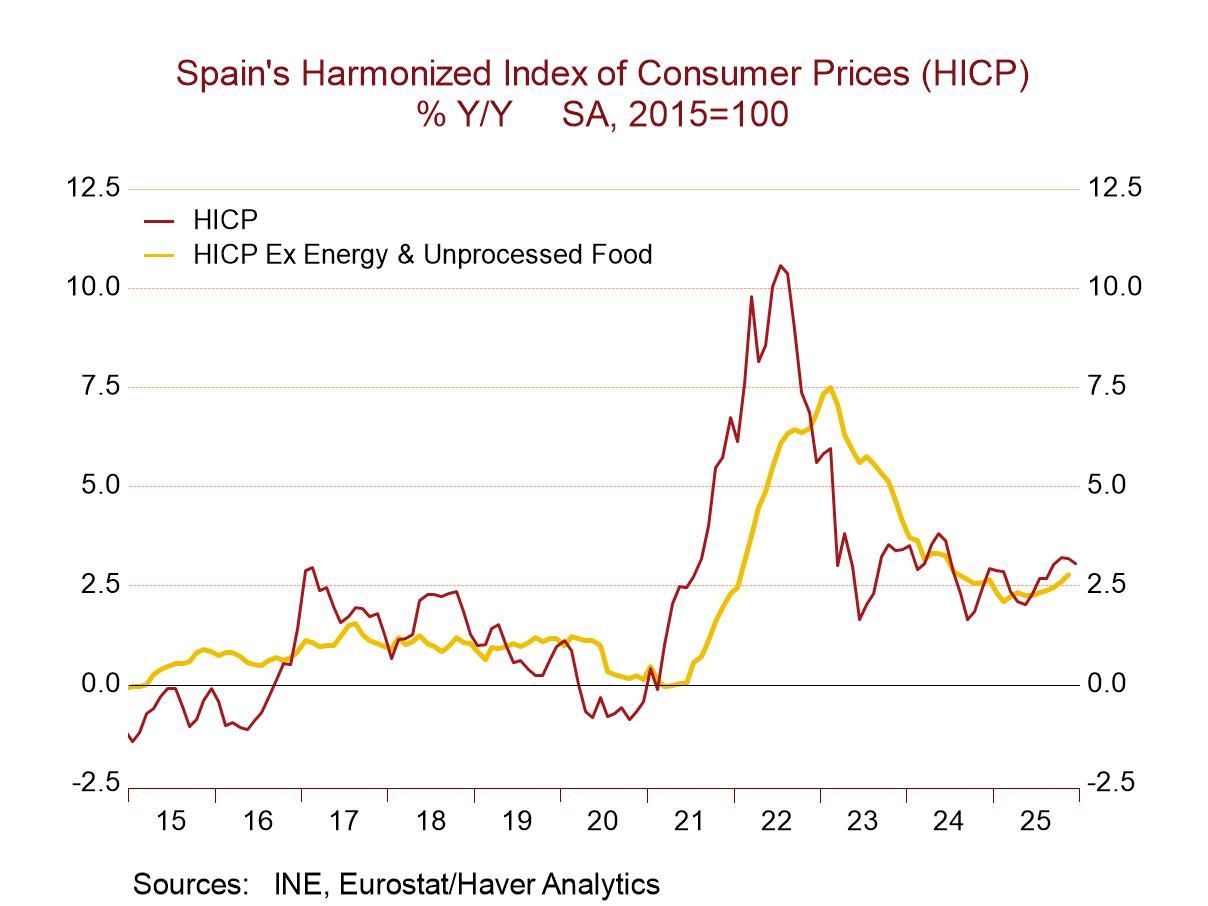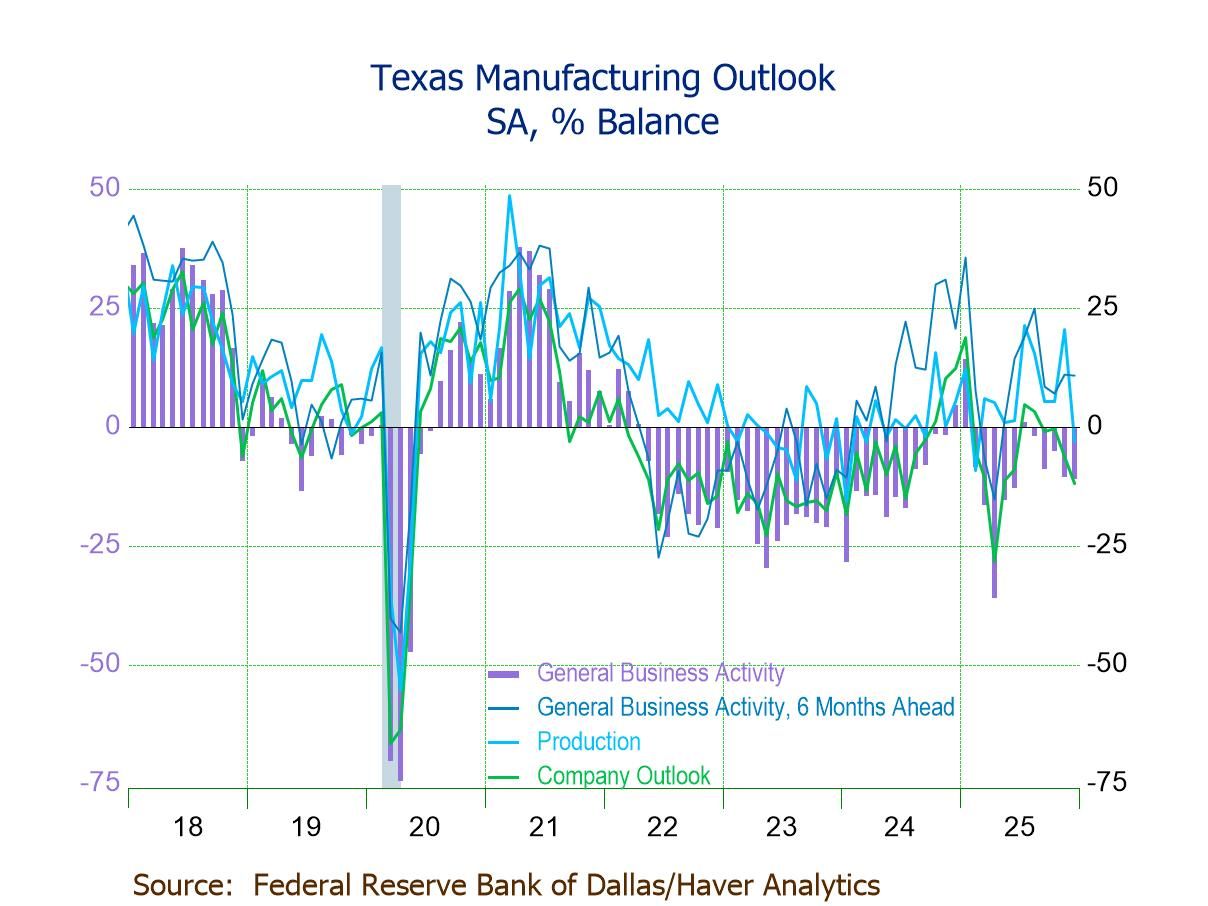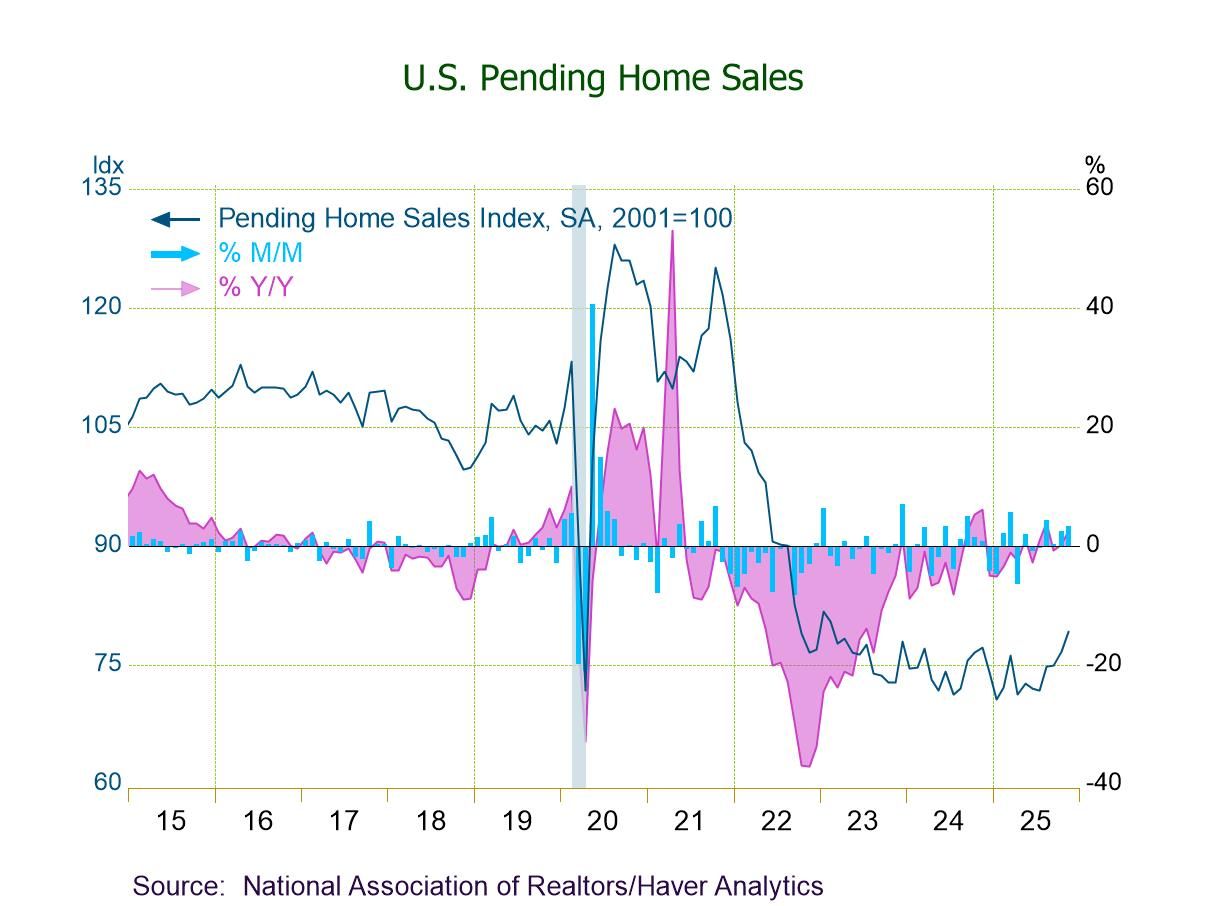German IP Sinks in September

German industrial output fell by 2.5% in September. Output decline for consumer goods, capital goods, and intermediate goods. The September drops follow broad-based increases in August that followed widespread and deep declines in July.
Sequentially, output falls 4.6% over 12 months; it falls at a 7.9% annual rate over six months and drops at a 10.7% annual rate over three months. The various sectors generally follow the headline pattern revealing progressively falling output across manufacturing sectors from 12-months to 6-months to 3-months.
The construction sector also is showing steady declines and declines that are getting sequentially larger over shorter periods (persistent deceleration).
In contrast, real manufacturing orders are showing growth and acceleration sequentially. Real manufacturing sales also ‘go their own way’ declining on all horizons without any clear change in speed.
Surveys of the German manufacturing sector were mixed in September compared to August. Survey values in September are generally below their July levels. Average levels of the surveys have generally showed some modest improvement from their 12-month averages to their three-month averages.
France, Spain, Portugal, and Norway are early reports of IP data along with Germany. Spain and Portugal show output increases in September, while there are declines in France and Norway. Sequential trends among these countries are chaotic except for Spain that shows clear sequential output acceleration.
The just-completed third quarter shows declines- negative output growth rates and weakening survey metrics with few exceptions. The exceptions are real orders that rose strongly in Q3 (17.5% annual rate). Output in France and in Norway also showed increases in the third quarter.
However, we also rank all of these metrics on growth rates or levels as appropriate. Only Portugal and Norway have indicators that are above their medians on growth rates calculated over 24 years. German output is in its lower 9-percentile. Real manufacturing sales are at their 11th percentile. But orders are doing better; real German orders, an important forward-looking series, has a 46.2 percentile standing, still below its historic median, but getting closer to the median that occurs at a ranking of 50%.
Progressive deterioration creeps in

Robert Brusca
AuthorMore in Author Profile »Robert A. Brusca is Chief Economist of Fact and Opinion Economics, a consulting firm he founded in Manhattan. He has been an economist on Wall Street for over 25 years. He has visited central banking and large institutional clients in over 30 countries in his career as an economist. Mr. Brusca was a Divisional Research Chief at the Federal Reserve Bank of NY (Chief of the International Financial markets Division), a Fed Watcher at Irving Trust and Chief Economist at Nikko Securities International. He is widely quoted and appears in various media. Mr. Brusca holds an MA and Ph.D. in economics from Michigan State University and a BA in Economics from the University of Michigan. His research pursues his strong interests in non aligned policy economics as well as international economics. FAO Economics’ research targets investors to assist them in making better investment decisions in stocks, bonds and in a variety of international assets. The company does not manage money and has no conflicts in giving economic advice.






